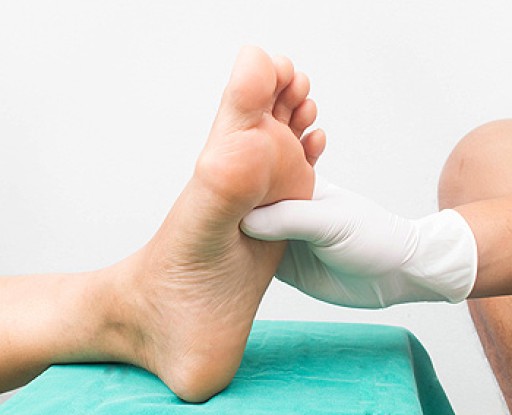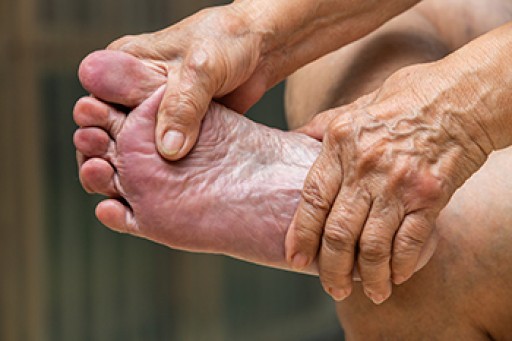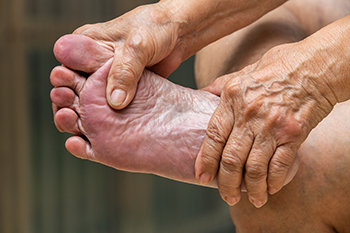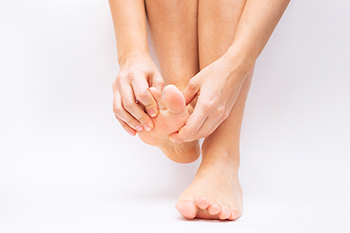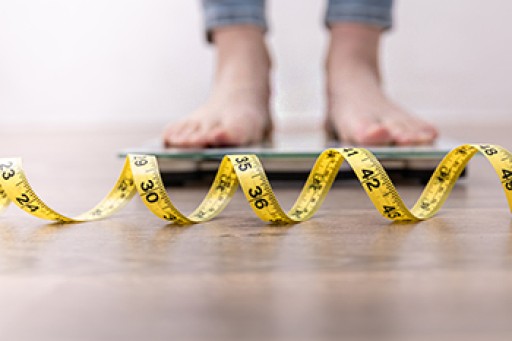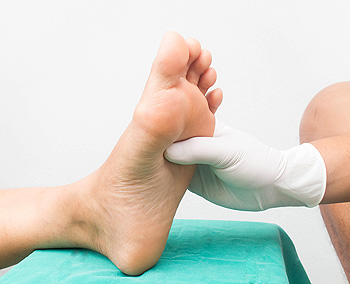
Ordinary foot problems are often more complicated for diabetic patients. Diabetes can occur as a result of elevated blood sugar levels and affects the nerves in the feet. This can make it difficult to feel existing cuts, scrapes, or bruises that have developed which may cause diabetic foot ulcers to form. It is important to practice proper everyday foot care and there are simple methods to accomplish this. It is beneficial to start with washing and drying the feet thoroughly, followed by applying a good moisturizer. Many patients find it helpful to use a mirror to look at the bottom of their feet for any wounds that may have developed. It is imperative to have the toenails trimmed properly and many people choose to have this done by a podiatrist. It is beneficial to wear shoes that fit correctly, and it may help to wear socks that can absorb moisture. It is frowned upon to walk barefoot as this can help to protect the feet from the elements. If you have diabetes, it is strongly suggested that you are under the care of a podiatrist who can help you to manage this serious condition in addition to treating any other foot conditions that are associated with diabetes.
Diabetic foot care is important in preventing foot ailments such as ulcers. If you are suffering from diabetes or have any other concerns about your feet, contact one of our podiatrists from Next Step Podiatry . Our doctors can provide the care you need to keep you pain-free and on your feet.
Diabetic Foot Care
Diabetes affects millions of people every year. The condition can damage blood vessels in many parts of the body, especially the feet. Because of this, taking care of your feet is essential if you have diabetes, and having a podiatrist help monitor your foot health is highly recommended.
The Importance of Caring for Your Feet
- Routinely inspect your feet for bruises or sores.
- Wear socks that fit your feet comfortably.
- Wear comfortable shoes that provide adequate support.
Patients with diabetes should have their doctor monitor their blood levels, as blood sugar levels play such a huge role in diabetic care. Monitoring these levels on a regular basis is highly advised.
It is always best to inform your healthcare professional of any concerns you may have regarding your feet, especially for diabetic patients. Early treatment and routine foot examinations are keys to maintaining proper health, especially because severe complications can arise if proper treatment is not applied.
If you have any questions please feel free to contact our office located in Williston Park, NY . We offer the newest diagnostic and treatment technologies for all your foot and ankle needs.
